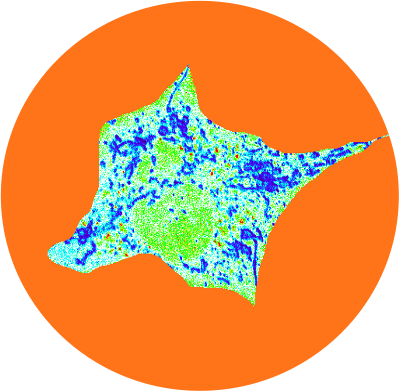Research

Adaptations to autophagy-inhibition: How do cancer cells adapt when a primary pathway is blocked? We are using functional genome wide screens to identify the mechanisms cancer cells can use as a detour to cell survival. Previously we have shown that the anti-oxidant and master transcription-regulating NRF2 pathway can compensate to maintain protein homeostasis. Ongoing projects in this research area will build physiologically relevant 3D culture and mouse models to address the role of NRF2 in adaptation to autophagy dependence and ask if NRF2 signaling can dictate autophagy dependence in patients.
Science does not know it’s debt to imagination
– Ralph Waldo Emerson

Optogenetic manipulation of autophagy: How quickly can cancer cells adapt when autophagy is blocked? We are using optogenetics to rapidly and spatially manipulate autophagy in cells and organisms. Ongoing projects will build novel optogenetic systems to manipulate autophagy in-vivo in order to investigate the temporal and spatial roles of this recycling process and how cells can adapt over time.

Mitochondrial quality control: If autophagy is the primary vehicle to degrade large organelles how can cells degrade mitochondria in the absence of autophagosomes? We are using confocal and super resolution microscopy as well as functional genomics to identify non-canonical mechanisms of autophagy mediated degradation of mitochondria, also known as mitophagy. Previously we have found that cancer cells lacking functional autophagosomes can instead create mitochondrial derived vesicles (MDVs) to traffic damaged bits of mitochondria to lysosomes for degradation. Ongoing projects will use functional screens to identify the key regulators of these MDVS, microscopy techniques to characterize their sub-cellular localization and trafficking, and 3D organoid and animal models to understand their physiological roles in cancer cells.
Science never solves a problem without creating ten more.
– George Bernard Shaw